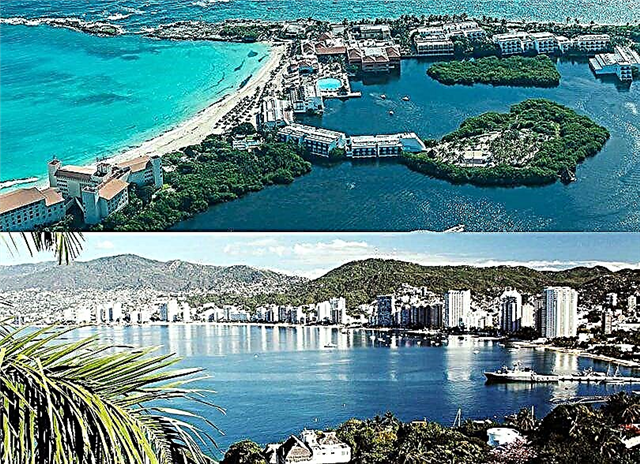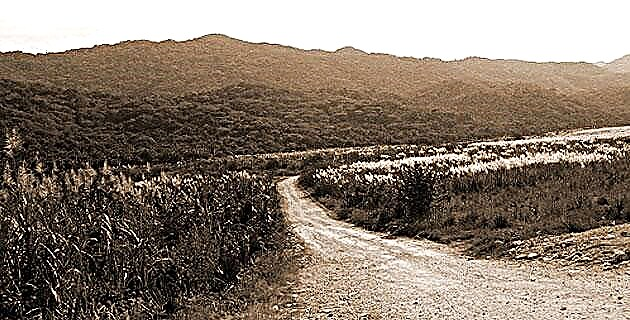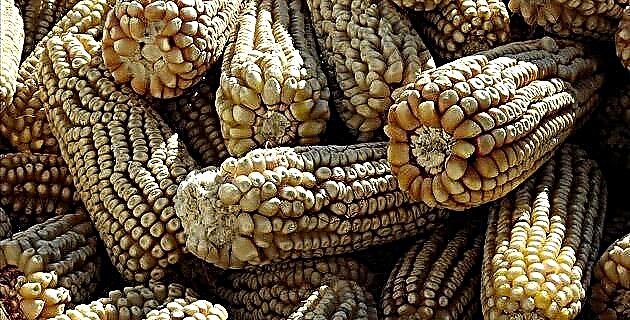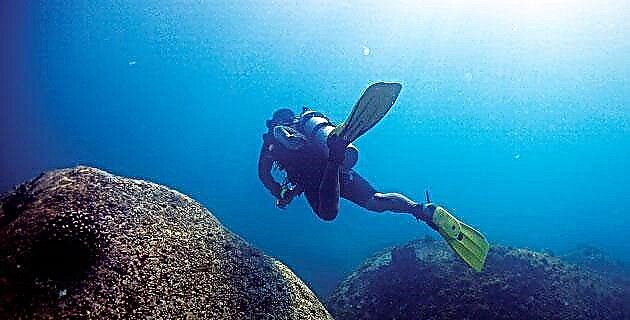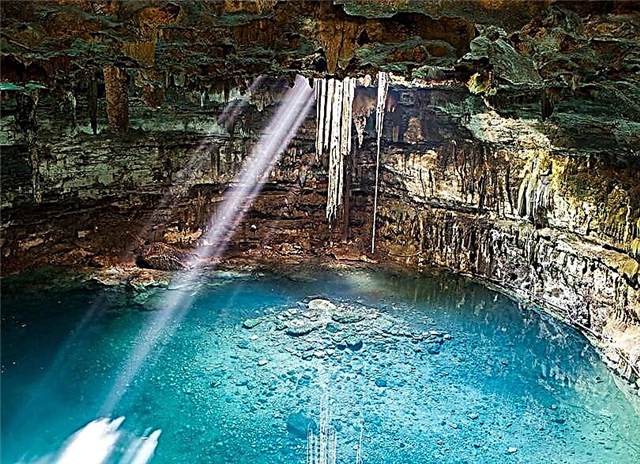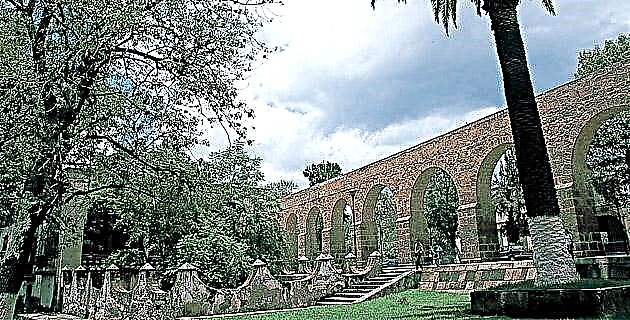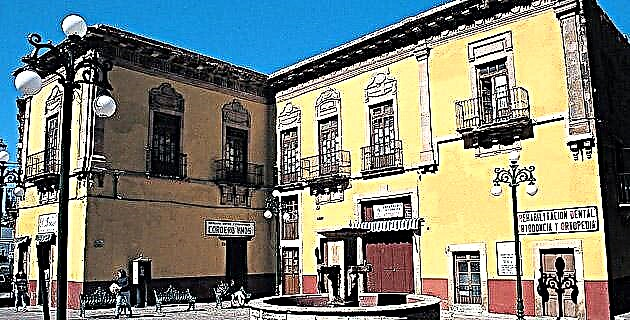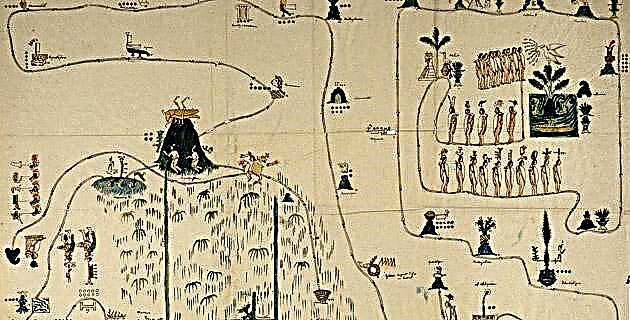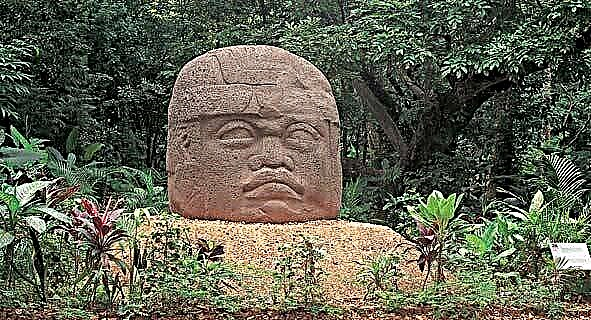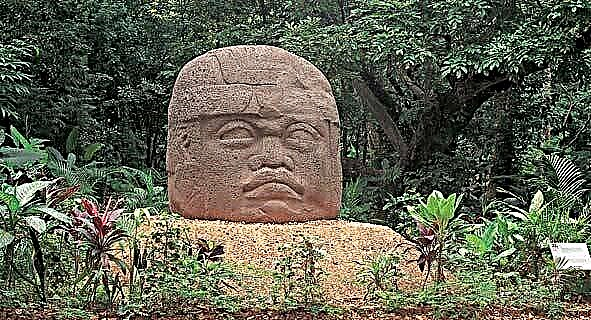
We will tell you about the discovery of the colossal Olmec heads by Matthew W. Stirling on the coast of the Gulf of Mexico, between 1938 and 1946.
IN SEARCH OF THE OLMEC HEAD
Since his encounter with the illustration of a super jade mask –The one said to represent a “crying baby” - Matthew W. Stirling lived dreaming of seeing the gigantic head, carved in the same style as the mask, which José María Melgar discovered in 1862.
Now he was about to realize his dream. The day before, he had arrived in the charming town of Tlacotalpan, where the San Juan River meets the Papaloapan, on the southern coast of Veracruz, and had been able to hire a guide, rent horses, and buy supplies. Thus, like a modern Don Quixote, he was ready to leave for Santiago Tuxtla, in search of the most important adventure of his life. It was the last day of January 1938.
Fighting the drowsiness induced by the rising heat and the rhythmic trot of his horse, Stirling thought about the fact that Melgar's head did not correspond to any of the representative styles of the pre-Columbian worldOn the other hand, he was not very convinced that the head and the votive ax, also from Veracruz, published by Alfredo Chavero, represented black individuals. His friend Marshall saville, from the American Museum of Natural History in New York, convinced him that axes like Chavero's represented the Aztec god Tezcatlipoca in his jaguar form, but I didn't think they were carved by the Aztecs, but by a coastal group known as Olmecs, that is, "The inhabitants of the land of rubber". For him, the discovery of Necaxa tiger by George Vaillant in 1932, confirmed Saville's interpretation.
The next day, in front of the colossal Olmec head of Hueyapan, Stirling forgot the effects of ten hours of traveling on horseback, of not being used to sleeping in hammocks, of the sounds of the jungle: although half-buried, the Olmec head was much more impressive than in photos and drawings, and could not hide his surprise when he saw that the sculpture was in the middle of an archaeological site with mounds of earth, one of them almost 150 meters long. On his return to Washington, the photos he obtained of the Olmec head and some monuments and mounds were very useful in obtaining financial support for the excavation of Tres Zapotes, which Stirling started in January of the following year. It was during the second season at Tres Zapotes that Stirling was able to visit the colossal colossal head discovered by Frans Blom and Oliver Lafarge in 1926. Stirling, along with his wife, and archaeologist Philip Druker and photographer Richard Steward, continued east in his pickup truck. along a path that could only be traveled in the dry season. After crossing three terrifying bridges, they reached Tonalá, from where they continued in a boat to the mouth of the Blasillo River, and from there, on foot to La Venta. Crossing the swampy area between the site and the river mouth they encountered a team of geologists looking for oil, who led them to La Venta.
The next day they received the award for the difficulty of the road: huge sculpted stones protruded from the ground, and among them was the head uncovered by Blom and Lafarge fifteen years ago. Excitement raised spirits and they immediately made plans for an excavation. Before the rainy season of 1940 began, the expedition of Stirling a La Venta located and excavated several monuments, including four colossal Olmec heads, all similar to Melgar's, except for the helmet style and the type of earmuffs. Located in an area where stone is not naturally found, these Olmec heads were impressive for their size –The largest at 2.41 meters and the smallest at 1.47 meters– and for its extraordinary realism. Stirling concluded that they were portraits of olmec rulers and as he unearthed these monuments weighing several tons, the question of their origin and transfer became more pressing.
Due to the United States' entry into World War II the Stirlings They could not return to La Venta until 1942, and once again fortune favored them, because in April of that year amazing discoveries occurred in La Venta: a sarcophagus with a carved jaguar and a tomb with basalt columns, both with magnificent jade offerings. Two days after these important finds, Stirling left for Tuxtla Gutiérrez, Chiapas, to attend a round table of anthropology on Mayans and Olmecs that was largely related to his discoveries.
Again accompanied by his wife and Philip Drucker, the spring of 1946 found Stirling directing an excavation around the towns of San Lorenzo, Tenochtitlán and Potrero Nuevo, on the banks of the Chiquito River, a tributary of the superb Coatzacoalcos. There discovered fifteen large basalt sculptures, all in the purest Olmec style, including five of the largest and most beautiful Olmec heads. The most impressive of all, known as “El Rey”, measured 2.85 meters high. With these findings Stirling concluded eight years of intense work on Olmec archeology. What began with the excitement of a young man for a mysterious little mask carved in an unknown style, ended in the discovery of a totally different civilization which, according to Dr. Alfonso Caso, was "The mother culture" of all later Mesoamerican.
QUESTIONS ABOUT THE OLMEC HEADS
The questions that Stirling posed about the origin and transport of monolithic stones were the subject of scientific studies by Philip Drucker and Robert Heizer in 1955. Through the microscopic study of small, thin rock cuts removed from monuments, it was possible to determine that the stone came from the mountains of the Tuxtlas, more than 100 kilometers west of La Venta. It is generally accepted that large blocks of volcanic basalt, weighing several tons, were dragged by land for more than 40 kilometers, then placed in rafts and carried by the streams of the Coatzacoalcos River to its mouth; then along the coast to the Tonalá River, and finally along the Blasillo River to La Venta during the rainy season. Once the roughly cut stone block was in place, it was carved according to the desired shape, as the monumental figure of a seated individual, as an "altar", or as a colossal head. Given the engineering and logistical problems involved in cutting and transporting such monoliths - a finished head weighed 18 tons on average - many scholars have concluded that such a task could only be successful because powerful rulers dominated a sizeable population. Following these political reasoning, many scientists they accepted Stirling's interpretation that the colossal Olmec heads were portraits of rulers, even suggesting that the designs on their helmets identified them by name. To explain the cup-shaped indentations, grooves, and rectangular holes carved into many of the heads, it has been speculated that after the death of a ruler his image was likely vandalized, or that he was "ceremonially killed" for his successor.
There are many questions around these interpretations, including Stirling's. For a society that lacked writing, to suppose that the name of a ruler was registered by means of the design on the helmet is to ignore that many of these are totally simple or show unidentifiable geometric figures. As for signs of deliberate mutilation or destruction, only two of the sixteen heads have failed attempts to detail them to turn them into monuments called “altars”. The holes, the cup-shaped indentations and the striations that are seen on the heads are also present in the “altars”, and these last two - cups and striae - appear in the stones of the Olmec sanctuary of El Manatí, southeast of San Lorenzo, Veracruz.
According recent studies on Olmec art and representation, the colossal Olmec heads were not portraits of rulers, but of adolescent and adult individuals, called baby-face by scientists, who had been affected by the congenital malformation which today is known as Down Syndrome and other related ones. Probably considered sacred by the OlmecsThese baby-face individuals were worshiped in great religious ceremonies. Therefore, visible marks on your images should not be considered as acts of mutilation and vandalism, but rather evidence of possible ritual activity, such as impregnating weapons and tools with power, repeatedly rubbing them against a sacred monument, or drilling or grinding the stone to leave crevices or collect "sacred dust", which would be used in ritual activities. As can be seen from the endless debate, these majestic and mysterious Olmec heads, unique in the history of pre-Columbian civilizations, continue to amaze and intrigue humanity.

